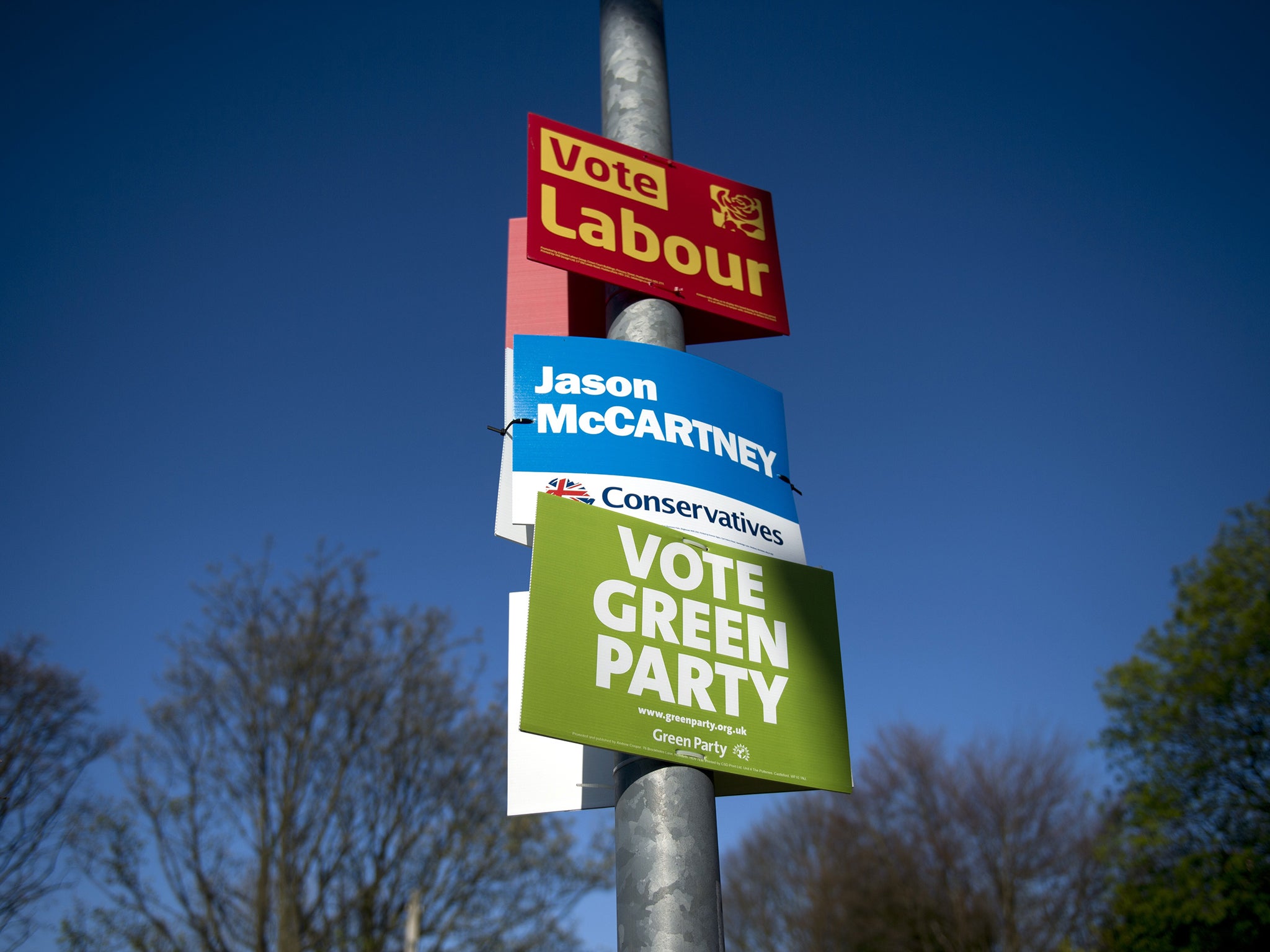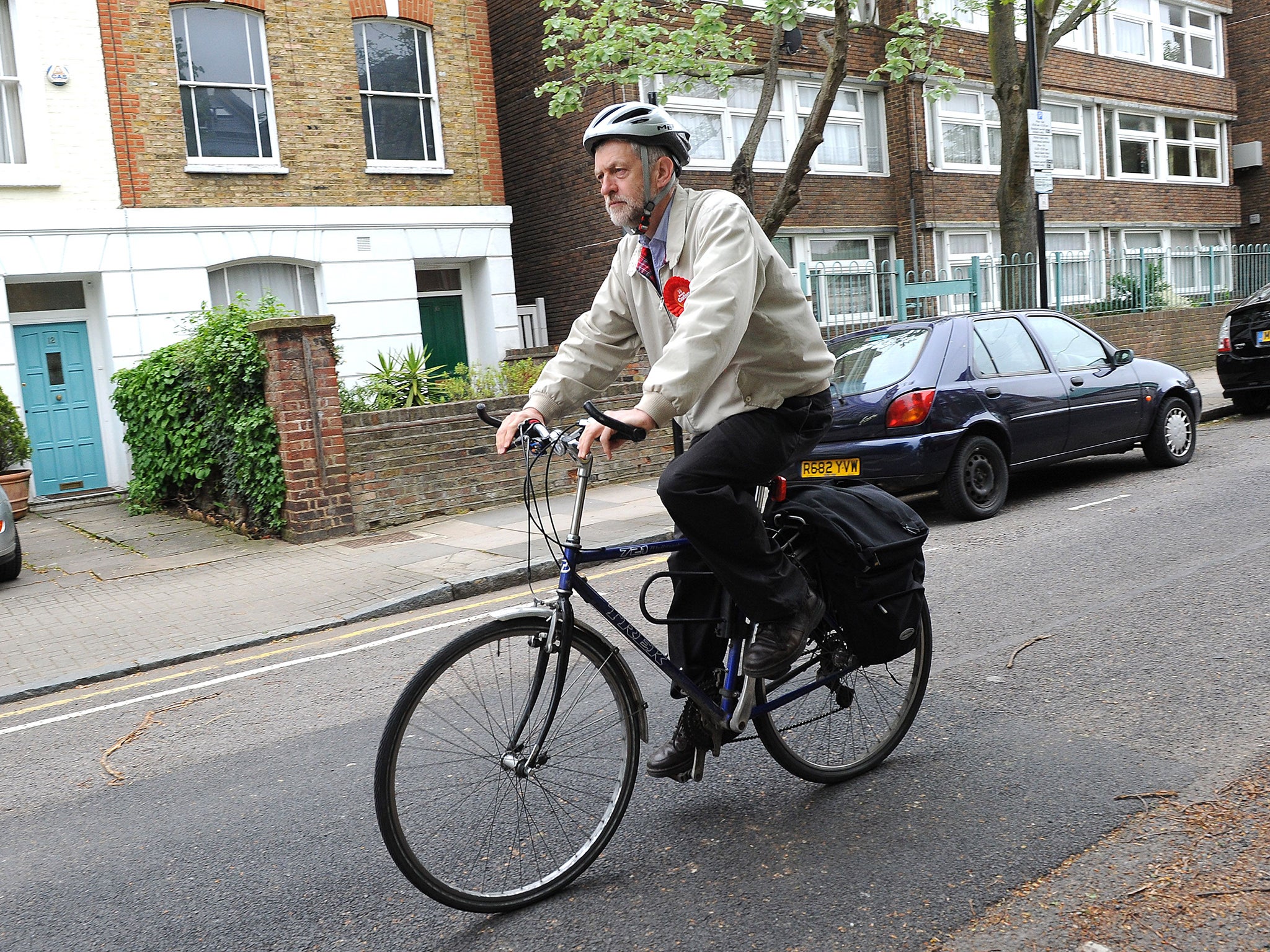General Election 2015 explained: Seats
Continuing our daily miscellany celebrating the facts, figures and folklore of British general elections

Your support helps us to tell the story
From reproductive rights to climate change to Big Tech, The Independent is on the ground when the story is developing. Whether it's investigating the financials of Elon Musk's pro-Trump PAC or producing our latest documentary, 'The A Word', which shines a light on the American women fighting for reproductive rights, we know how important it is to parse out the facts from the messaging.
At such a critical moment in US history, we need reporters on the ground. Your donation allows us to keep sending journalists to speak to both sides of the story.
The Independent is trusted by Americans across the entire political spectrum. And unlike many other quality news outlets, we choose not to lock Americans out of our reporting and analysis with paywalls. We believe quality journalism should be available to everyone, paid for by those who can afford it.
Your support makes all the difference.Definitions
There are two kinds of constituency: county and borough. The former, in rural or partly rural areas, tend to be geographically larger, and carry a higher limit on election expenses than borough constituencies.
Numbers
The number of constituencies contested in the coming general election will be 650.There are 533 constituencies in England, 59 in Scotland, 40 in Wales and 18 in Northern Ireland.
In the 2010 general election, seats were won as follows:
Conservatives: 306
Labour: 258
Liberal Democrats: 57
Democratic Unionist Party: 8
SNP: 6
Sinn Fein: 5
SDLP: 3
Plaid Cymru: 3
Alliance Party: 1
Green: 1
Independent: 1
Speaker: 1
Since then, a total of 21 by-elections have seen four seats change hands, leaving the Conservatives with three seats fewer, Ukip with two seats and Respect with one.
Size
The largest constituency in the UK, geographically, is Ross, Skye and Lochaber – which is about 12,000 sq km. The smallest is Islington North, whose area is just 727 hectares.
In terms of population, the largest constituency is the Isle of Wight, with an electorate of 110,924 in 2010. The smallest is Na h-Eileanan an Iar (formerly Western Isles), whose 2010 electorate was 21,837.
The biggest constituency ever was Hendon which, before being split up in 1941, had an electorate of 217,000.
The smallest ever were Old Sarum (in Wiltshire) and Gatton (in Surrey), each of which reached a low point of seven voters before the Reform Act (1832) abolished them both.
The average constituency contains around 70,000 voters.
The mean electorate in seats retained by Labour in the 2010 general election was 68,672; the average for Conservative-won seats was 72,304.
Are you undecided about who to vote for on 7 May? Are you confused about what the parties stand for and what they are offering? Take this interactive quiz to help you decide who to vote for...
Safe Seats
On the basis of 2010 general election results, the safest seat in percentage terms is Liverpool Walton, held by Labour’s Steve Rotheram with a majority of 57.7 per cent.
The largest majority in terms of votes is 27,826 for Labour’s Stephen Timms in East Ham.
Of the 200 safest seats, 106 are held by the Conservatives, 83 by Labour, four by the Liberal Democrats and seven by other parties.
Marginal Seats
The seat with the smallest majority – four votes – is Fermanagh and South Tyrone, held by Michelle Gildernew for Sinn Fein.
The next smallest majority in 2010 was Glenda Jackson’s 42 votes – or 0.1 per cent – in Hampstead and Kilburn. Jackson has now retired; her successor, Tulip Siddiq, will defend the seat for Labour.

Of the 200 seats with the smallest majorities, the Conservatives hold 83, Labour 80, the Liberal Democrats 27, and other parties 10.
Battleground Seats
“Battleground seats” is a term used in Labour circles to denote the 106 target seats – none held by Labour – which the party believes hold the key to victory on 7 May.
Eighty-eight of the 106 are seats that Labour used to hold but lost in 2010. Three have not voted Labour since 1997.
Bellwether Seats
Historically, certain constituencies have a habit of being won by the party that goes on to form the next government. They are known as bellwethers in reference to the old practice of putting a bell round the neck of a (castrated) ram so that its ringing would reveal the whereabouts of the flock of sheep that followed him.
Famous bellwether seats include Gravesham (and its predecessor Gravesend) – which spoilt its record when it was won by the Conservatives in 2005 but was back on track by 2010; and Luton South (and its predecessors Luton East and Luton), whose record of going the same way as the nation as a whole goes back to 1951 but foundered in 2010, when Labour won it. Watch out also for Dartford and South Basildon and East Thurrock.
Boundary Commissions
There are four Parliamentary Boundary Commissions, one for each part of the United Kingdom. Their job is to review, in a non-partisan way, the boundaries of constituencies, to ensure that they keep pace with population changes.

Under the Parliamentary Voting System and Constituencies Act 2011, which required the commissions to report at five-yearly intervals, a new set of recommendations should have been returned by October 2013, with the revised boundaries coming into force for this election. The Conservatives were expected to benefit to the tune of up to 20 seats.
In January 2013, however this was scuppered by a Lords amendment to the Electoral Registration and Administration Bill, backed by the Liberal Democrats in revenge for the Conservatives’ failure to support Lords reform. The amendment delayed the boundary review by five years.
Join our commenting forum
Join thought-provoking conversations, follow other Independent readers and see their replies
Comments